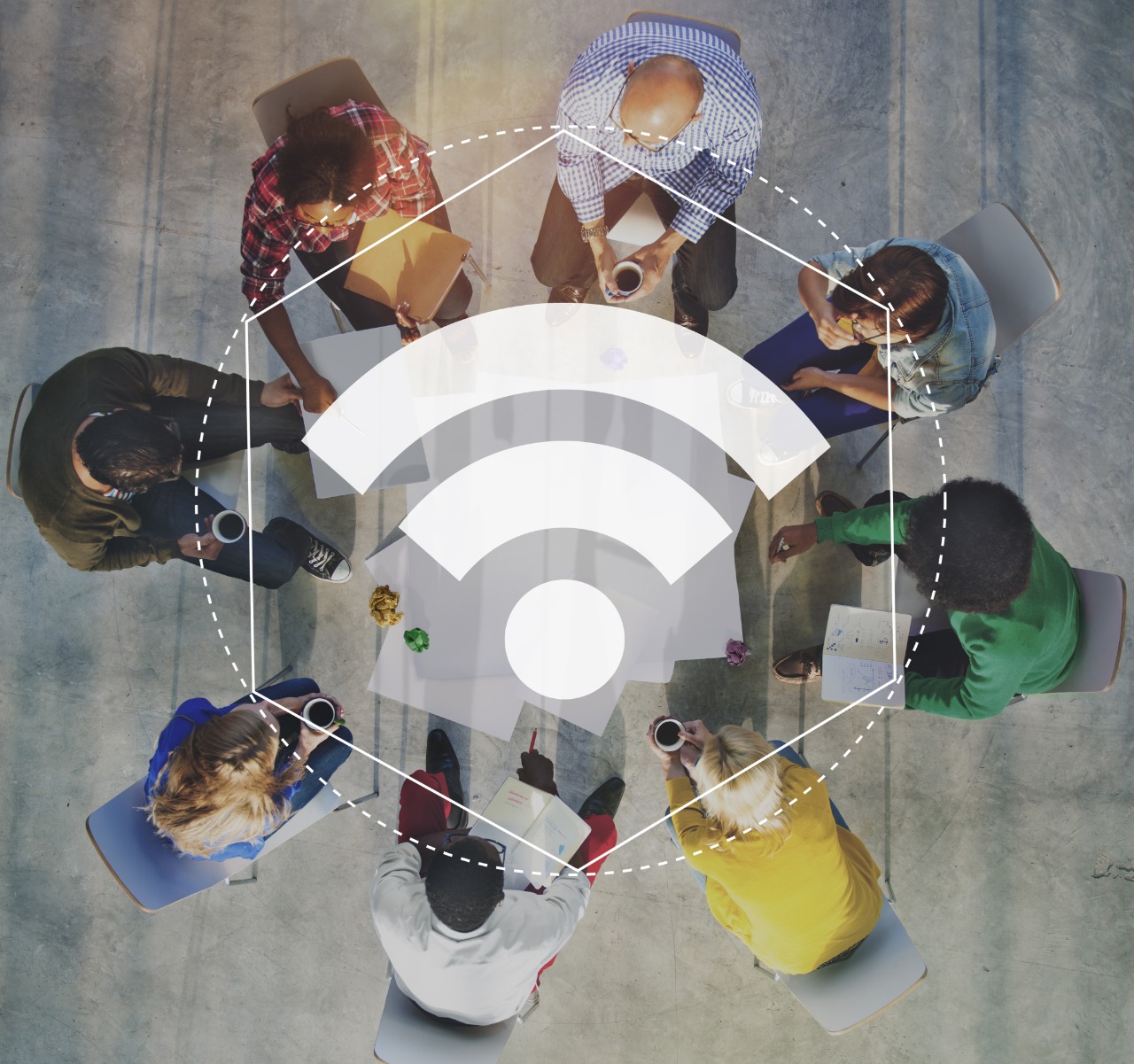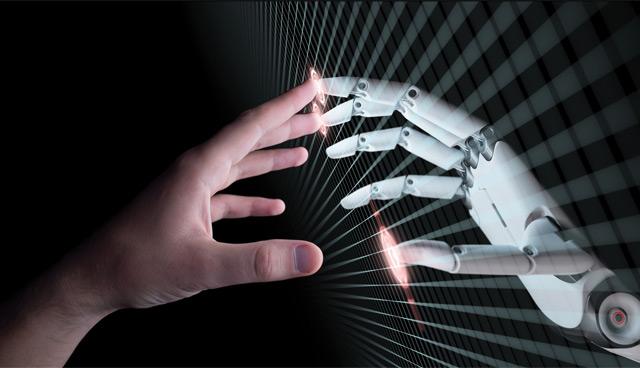Reduce the Digital Gap?

Information and Communication Technologies (ICT) have opened new paths to possibilities that were previously unimagined. They have allowed us to create new social links, creating instant connections between people, but they have also given us the possibility of faster access to information, as well as creating content with the tools that have been generated through technology. But, is access to digitalization being given equally throughout the world?
The reality is that we live in a world of inequalities, and it is clear that within the virtual world the problems of the physical world had to be reflected. As for the previous question, the answer is a resounding no. There is a great social imbalance that does not allow equal access to the internet and ICT, and this is known as the digital divide. This crack becomes even deeper when we talk about regions: according to data extracted from the Internet World Stats portal as of May 2020, in Africa only 39.3% of its inhabitants live online, compared to 87.2% of Europeans and the 94.6% of North Americans.

The digital divide has been a phenomenon that has been sought to be eliminated, which is why many specialists have proposed digital literacy, that is, a learning process that allows all people to acquire the necessary knowledge to make the most of ICTs and information technologies. tools that have emerged from these, opening new paths towards educational, economic and social potential. Despite the massive commercialization of mobile devices with Internet access, there is a large bill that, rather than uniting, is being broken, generating gaps of all kinds, of access, use, age, gender, etc.
The UN contemplates in its Sustainable Development Goals (SDG 9) the reduction of the digital divide. Therefore, in many places, initiatives have already been launched to facilitate access to technology. How do you think this can end?

